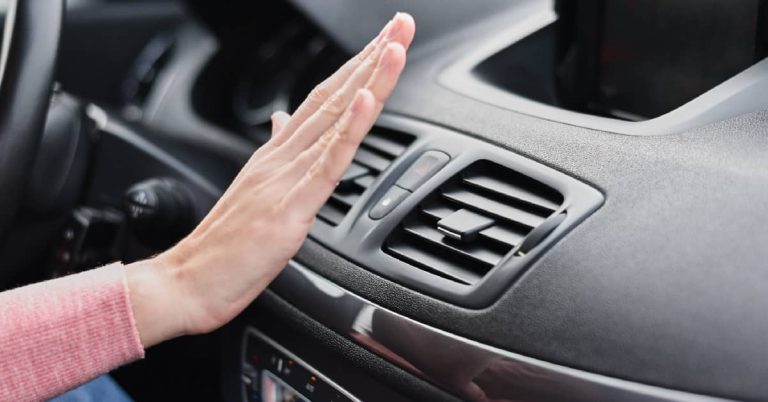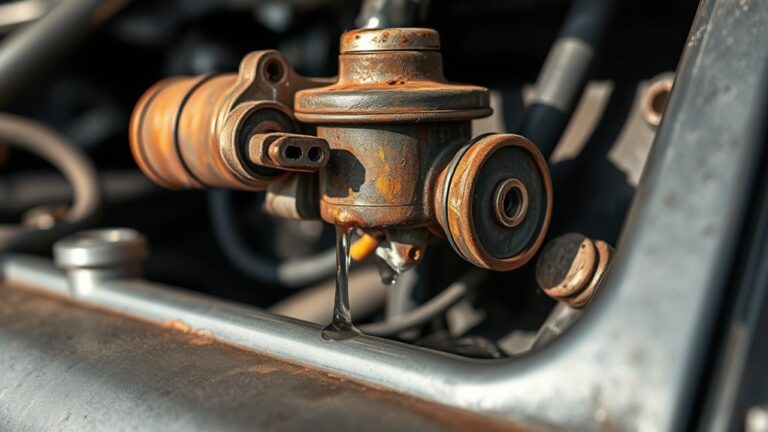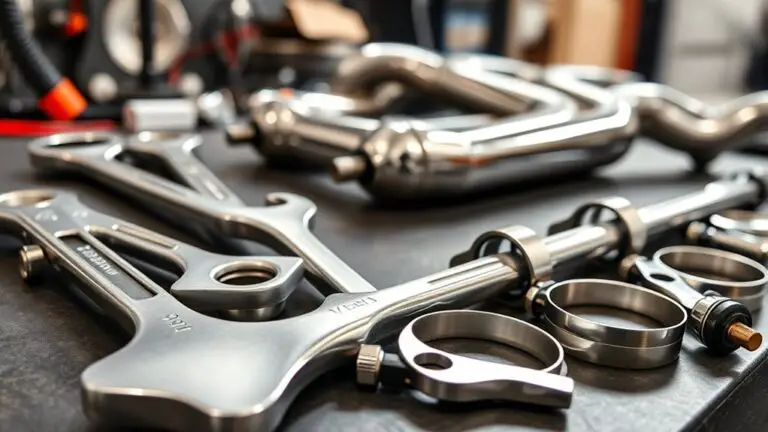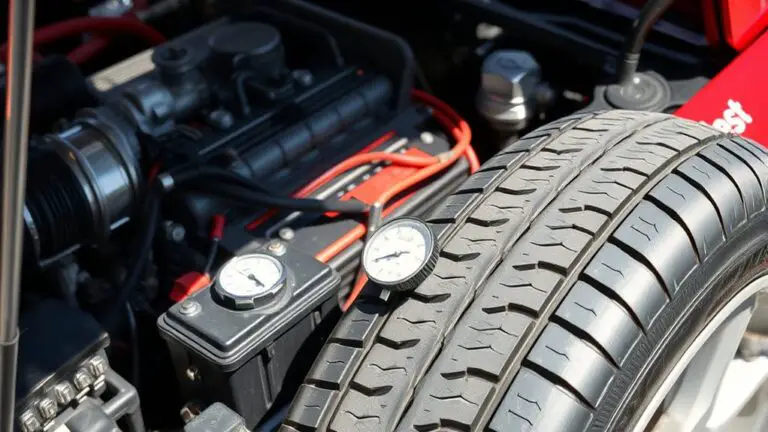When to Repair Vs Replace a Lambda Sensor That Affects Emissions
You should repair a lambda sensor if it shows intermittent, slow, or drifting readings that still align with a possible fault cure. Replace it when faults persist, codes point to the heater or sensor drift, or performance won’t recover with repair. Weigh repair costs and recurrence against a full replacement, since newer sensors restore like‑new specs and reduce emissions issues. If diagnostics show persistent upstream/downstream mismatches or failed heater circuits, replacement is the smarter bet. More specifics await if you keep going.
Recognizing Lambda Sensor Problems and Emissions Impact
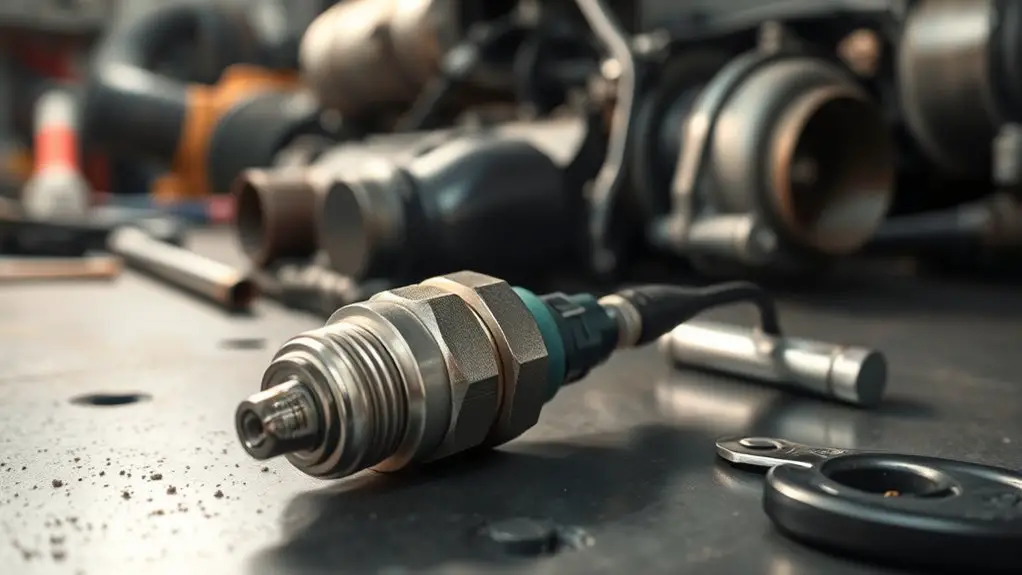
What signals a failing Lambda (O2) sensor, and how does that affect emissions? You’ll notice erratic engine behavior and a drop in fuel economy as the sensor sends faulty data to the ECU. Lambda sensor symptoms often show up as rich or lean mixture fluctuations, rough idling, and unexpected deceleration. You might see increased exhaust smells or soot buildup on the tailpipe, and check engine lights can illuminate due to lean or rich fault codes. Misreads in air-fuel ratio lead to elevated total hydrocarbons and carbon monoxide, shifting emissions in the wrong direction. With symptoms, you’ll rely on emissions troubleshooting to confirm the issue, not guesswork. In many cases, a sluggish sensor causes slow response times, delaying corrections and causing fluctuating idle and throttle response. Diagnose with live data, verify sensor voltage, and compare downstream readings. If the sensor isn’t delivering accurate feedback, replacement becomes a practical next step to restore stability.
Repair Options: When They Make Financial and Performance Sense
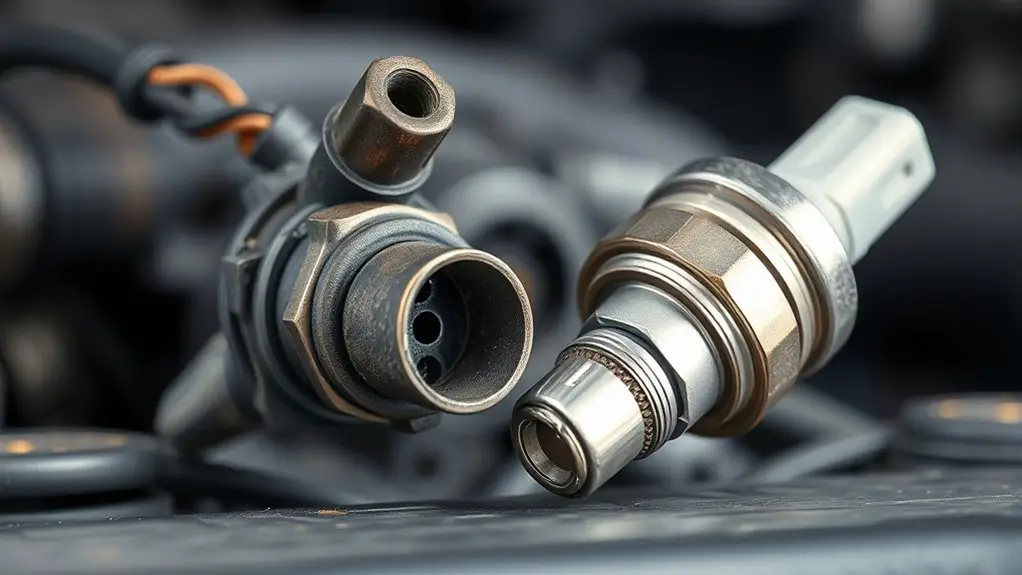
If the sensor’s faults are mild and symptoms are limited to intermittent readings, repairing or refurbishing the unit can make financial and performance sense, especially when the downstream sensor still reads accurately. You’ll want to weigh repair benefits against replacement costs, aiming for reliability without overinvesting. Consider practical limits: materials wear, calibration drift, and the time you’ll spend diagnosing intermittent faults. Economic factors matter—labor, parts, and potential warranty coverage all influence the decision. If the refurbishment restores stable readings and tidy emissions data, you gain long-term value without triggering replacements too soon. Keep your goals aligned with continuous operation and predictable diagnostics, not just the momentary fix.
- Assess repair benefits versus new unit costs
- Factor labor time, parts, and warranty options
- Confirm downstream sensor accuracy remains solid
- Plan for testing and validation before return to service
Signals That Replacement Is the Smart Move
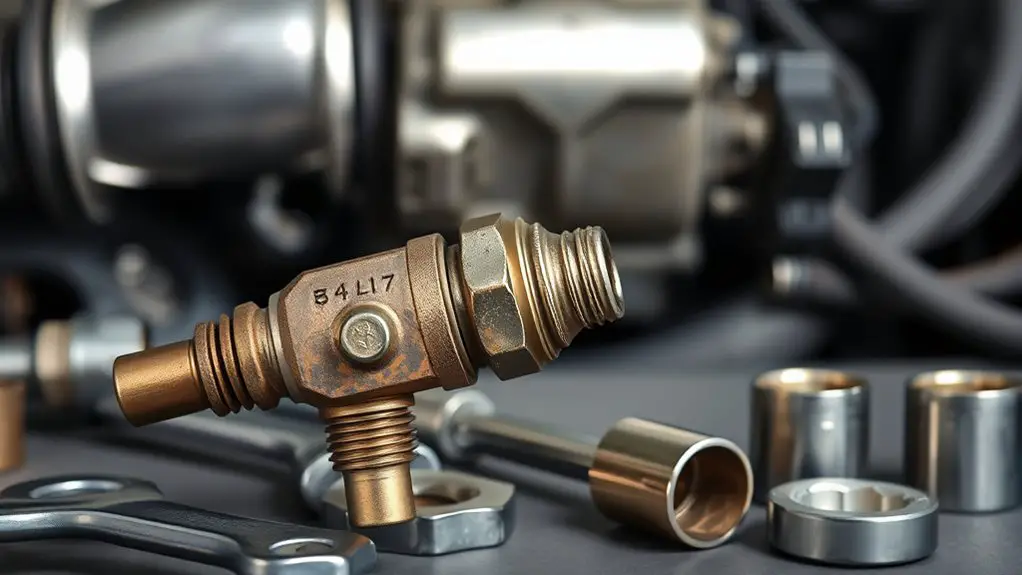
When the symptoms aren’t confined to occasional fluctuations and the sensor’s faults are persistent or escalating, replacement becomes the smarter choice. You’ll opt for replacement when diagnostic codes point to a faulty heater circuit, a stuck rich/lean bias, or persistent slow response times that won’t settle with resets. Look for clear signals of performance decline, such as erratic upstream readings, misfire patterns, or failure to achieve safe fuel trims under steady load. Sensor age matters: older units are more prone to drift, corrosion, and breakdown, even if they still satisfy basic tests. If you’ve documented multiple retry cycles, failing readiness monitors, or inconsistent O2 sensor feedback during drive cycles, replacement often yields faster, more reliable emissions data. Choose a sensor with compatible heater current and control wiring, and verify it restores normal fuel trim behavior. In short, when consistency vanishes, replacement restores confidence and freedom in your drive.
Cost Considerations: Repair Vs Replace
Cost considerations hinge on total cost of ownership and reliability. You’ll weigh upfront vs ongoing expenses, balancing risk and downtime with performance expectations.
Cost considerations hinge on total cost of ownership and reliability.
1) repair costs: initial labor and parts, often cheaper short term but may recur if root causes aren’t addressed.
2) replacement costs: higher upfront, but restores sensors to like-new spec and may include installed harnesses or mounting hardware.
3) long term savings: fewer trips to the shop, reduced emissions-related penalties, and potential warranty coverage offsetting costs.
4) DIY repairs vs professional services: DIY can cut labor, but mistakes raise risk; professional services offer diagnostic rigor and proper reassembly, with clear warranty implications.
Warranty considerations: check coverage for repairs, extended coverage, and whether replacement parts alter eligibility. Decide based on reliability targets, tolerance for risk, and your willingness to service it again soon. If you value freedom, favor transparent costs and predictable outcomes to minimize disruption.
How Modern Lambda Sensors Influence Engine Performance
Modern lambda sensors, with faster response times, let your engine adjust fuel and air more quickly for peak performance. Their quick feedback improves emissions control, reducing catalytic converter strain and keeping your system efficient. If response lags, you’ll see richer or leaner running and higher emissions, signaling sensor or tuning issues that deserve attention.
Sensor Response Speed
Sensor response speed matters because faster Lambda sensors relay real-time oxygen data to the engine computer, narrowing the gap between actual and target air-fuel ratios. When response time is quick, you get steadier trims, smoother idle, and better transient performance. If sensor efficiency drops, you’ll notice richer or leaner bursts that degrade drivability and fuel economy. In practice, you want a sensor that reacts promptly to quick throttle changes and load shifts, not one that lags behind. The goal is precise feedback for ideal combustion and reduced emissions, without overcorrecting.
- Response time directly affects idle stability and throttle response.
- Sensor efficiency determines how faithfully the ECU reads oxygen levels.
- Fast sensors improve transient fueling without overshoot.
- Consistent performance preserves fuel economy and drivability.
Emissions Control Impact
As emissions regulations push engines to run closer to stoichiometry, modern Lambda sensors play a direct role in tightening control over combustion and exhaust composition. You’ll notice improved fuel trim accuracy and steadier air-fuel ratios, which translates to cleaner exhaust and steadier performance. When sensors stay within spec, the EFI/MAF feedback loop reacts promptly, preventing rich or lean bursts that waste fuel and heighten emissions. A healthy sensor supports consistent knock resistance and reduced catalyst loading, slowing environmental impact while keeping power predictable. If sensor data drifts, you’ll see higher parasitic fuel use and longer catalyst heating times, undermining efficiency. In short, reliable Lambda sensing reinforces emissions control, aligns with emission regulations, and preserves engine responsiveness for a freer, more purposeful ride.
Navigating Diagnostics and Regulatory Compliance
Steering through diagnostics and regulatory compliance can be intimidating, but a disciplined approach helps you avoid mistakes and stay compliant. You’ll rely on diagnostic tools to identify emission-related faults, and you’ll map findings against regulatory standards so you don’t drift off-path. Precision matters because appeals to “fix it later” can backfire with fines or failed inspections.
- Use diagnostic tools to collect real-time data, compare readings to baseline values, and verify sensor health without guesswork.
- Document every fault code, parameter drift, and action taken to demonstrate due diligence during audits.
- Cross-check your repair plan against current regulatory standards and manufacturer service bulletins before any work begins.
- Schedule post-repair verification to prove the system meets emissions thresholds and regulatory expectations.
Keep your records organized, stay current on standards, and prioritize transparency. You’ll gain confidence, protect freedom to operate, and reduce the risk of noncompliance.
Frequently Asked Questions
How Long Does a Repaired Sensor Typically Last Before Failing Again?
A repaired sensor typically lasts about 6 to 12 months before risking another failure, though it can vary by use and environment. You’ll see fluctuations in readings as repair longevity wears thin. If you catch drift or miss a lean-rich shift, expect a decline in sensor reliability sooner rather than later. Regular calibration, clean connections, and proper heating cycles help. If symptoms persist, replace sooner to protect emissions performance and maintain diagnostic confidence.
Can DIY Repairs Affect Warranty Coverage or Emissions Compliance?
DIY repairs can affect warranty coverage and emissions compliance. You might void warranty if the repair isn’t performed to manufacturer specs, and faulty reassembly can trigger warranty denial or coverage gaps. Compliance risks rise if sensors aren’t calibrated correctly or tested post-repair, potentially failing emissions tests. Before you embark, document procedures, use proper tools, and consider professional calibration. Understand warranty implications and guarantee you won’t jeopardize compliance before proceeding.
Do Aftermarket Sensors Perform as Well as OEM in Modern Engines?
Aftermarket sensors can match OEM reliability in some cases, but not all. You’ll find mixed results on sensor compatibility, so you should test carefully before relying on non-OEM parts. You’ll want to compare warranty terms, scan for codes, and verify fuel trims after install. If you chase long-term reliability, beware that aftermarket options may not hold up as well in harsh environments. You’ll often get better overall results with OEM for emissions-critical use.
What Signs Indicate Replacement Is Urgent Despite Repair Feasibility?
Urgent symptoms that demand replacement include persistent poor idle, rough running, and obvious fuel trim erratic spikes, even after repairs. If you notice performance decline alongside diagnostic trouble codes tied to the O2 sensor, or your emissions readings stay out of spec, you should replace now. Don’t chase fixes that degrade drivability; you’ll save time and money by swapping the sensor when symptoms persist, ensuring consistent combustion and compliant emissions.
Are There Regional Emission Standards Influencing Repair Vs Replacement Choices?
Sure, regional regulations shape repair vs replacement choices. You’ll find that regional regulations and sensor standards can mandate replacement or stricter testing even when repairs are feasible. You’ll want to verify local emissions rules, OEM diagnostic thresholds, and valid warranty carve-outs. In practice, you’ll prefer repair if tests meet standards, but you’ll replace when standards demand it or failed diagnostics persist, preserving performance and compliance for your freedom-loving operation.


